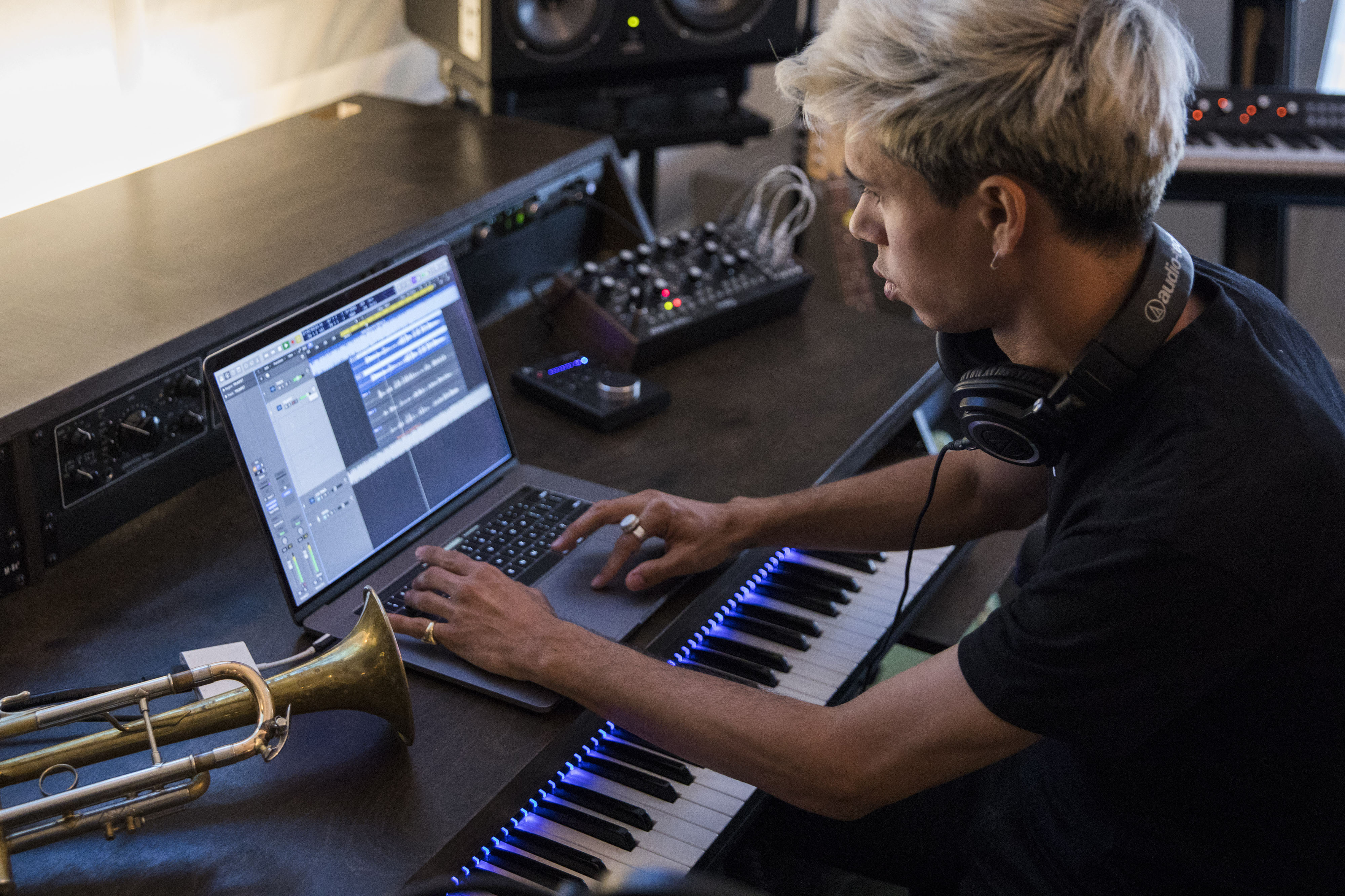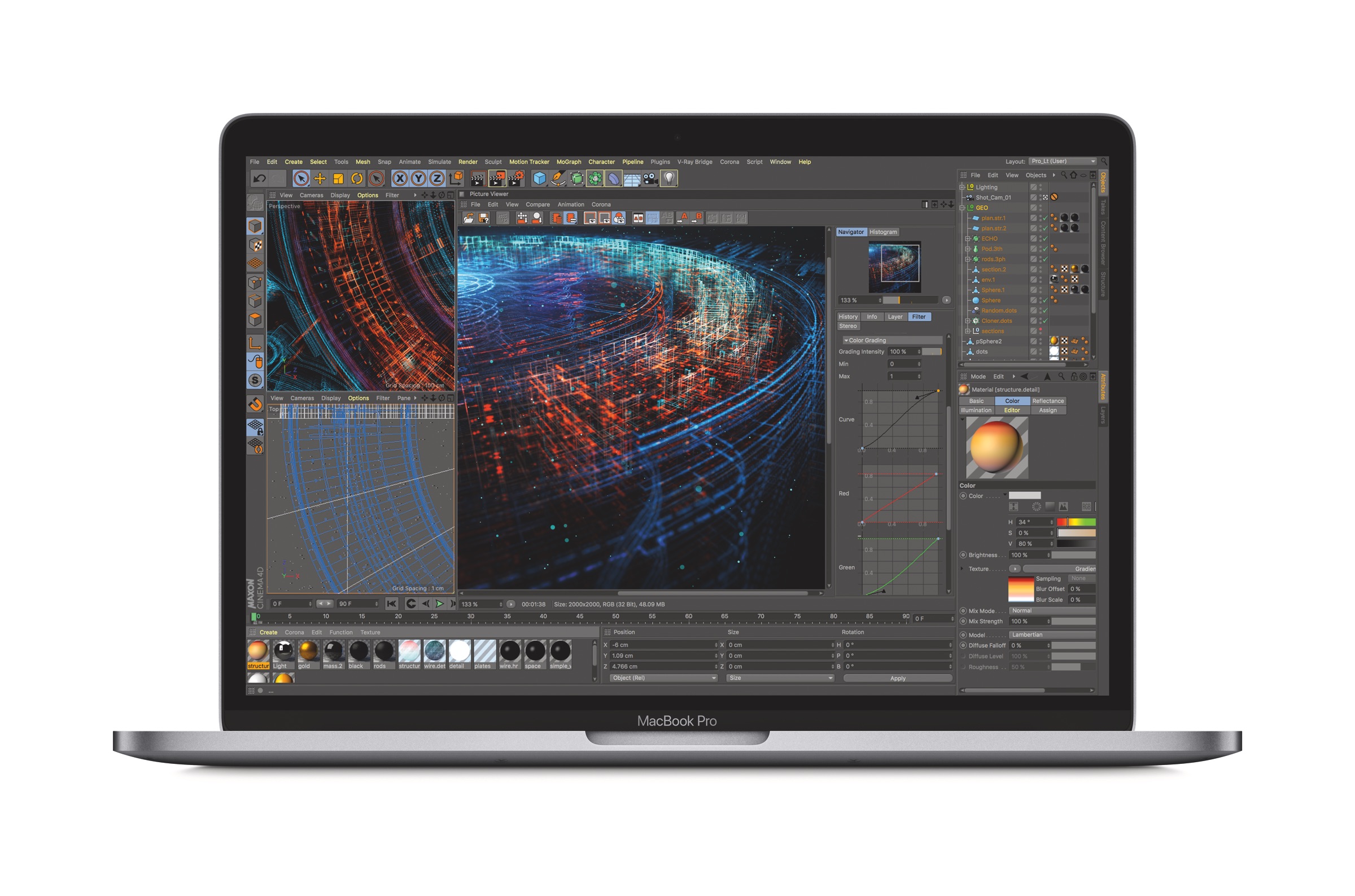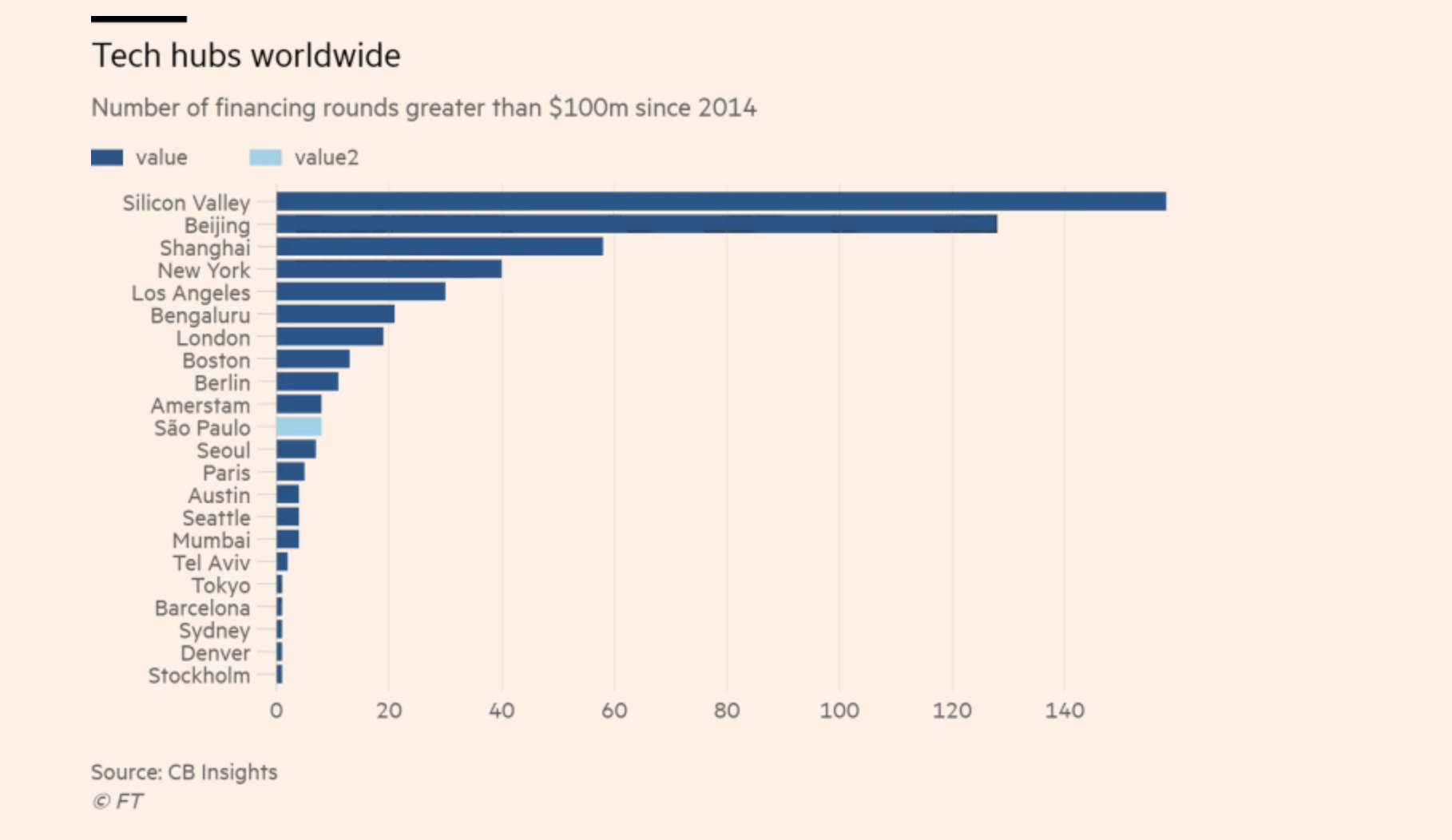Goodwall, a US-focused student and graduate professional network which aims to connect young people with college and employment opportunities, has closed a $10.8 million Series A funding raise.
The round was led by Randstad Innovation Fund, a strategic corporate VC fund that focuses on recruitment, and Swiss private equity firm Manixer. Additional investors include Francis Clivaz, Zurich Cantonal Bank and Verve Capital Partners.
The 2014 founded startup says it will be using the new funding to grow the professional network, which has a core demographic of 14-24 year-olds, and more than one million members at this stage.
“Our main initiative with this round of funding is hiring new talent in New York to support our expansion,” says Taha Bawa, co-founder and CEO. “The funding will be used to grow our product team to provide better features for our two demographics: Highschool and college students. We are growing our sales team as well, to handle the demand that enterprises have shown in our talent.”
“The United States is our current focus and will continue to be the focus throughout 2018. We will be growing with our students and serving them in college,” he adds.
“We intend to widen the appeal to the college/post-grad segment by focusing on driving value in terms of being found easily (via a mobile-first experience) by the companies that are interesting to them, whether they be startups or larger companies, for internships or first jobs. Beyond this, as with high school students, we will provide current college students the ability to connect and support each other.”
Goodwall’s business model is based on generating revenue from colleges and enterprises looking to recruit students on the platform. For its target young people, the pull is an online platform where they can connect with fellow students and try to get ahead by showcasing their skills and experience, networking, and learning about education and employment opportunities.
Goodwall says it matches its college student and graduate users to employers for job and internship opportunities, while its high school students get connected to colleges and scholarships.
The startup is competing with traditional college and larger job boards but Bawa argues that its matching process offers an advantage to employers because it’s screening candidates so they get more relevant applications, rather than scores of irrelevant ones which they then have to sift themselves.
The platform generally offers employers a way to source, connect and engage with a pool of motivated students and graduates — with employers able to pay Goodwall to get their brand in front of the types of students or recruits they’re looking for.
“The typical Goodwall user is an English speaking, aspirational go-getter that is either college-bound or in college,” says Bawa. “Goodwall does not aim to only serve the 1% in terms of grades and achievements, though we have many students in this category, from Robotics Fairs winners to Olympic Champions. Rather we strive to serve all ambitious, hardworking students and bring their uniqueness to light via our comprehensive profiles.
“In high school these go-getters may not always be the best students academically, or at the college level, they may not necessarily be enrolled at top ranking institutions. Ultimately, these are the type of students we are looking to work with and the type of talent our partner universities and companies are looking to recruit.”
At the highschool level, Goodwall is also competing with scholarship and college matching websites but Bawa argues it also offers kids additional value — given the platform’s focus on building a community around achievements, connections and mutual support.
The network is also of course competing with LinkedIn — certainly at the older end of its age range. But because Goodwall offers tools for high school students it’s hoping to get in early and build a relationship that lasts right through college and users’ early career path, by acting as “the first resume they build”.
“We grow with them,” is how Bawa puts it.
While the startup is taking VC funding now to focus on further building its network in the US, he confirms it would be open to an exit to a larger professional or student focused network in the future, saying: “We’d like to continue growing with our members.”
Commenting on the Series A in a statement, Paul Jacquin, managing partner at Randstad Innovation Fund, added: “We’re excited to support the Goodwall team in building a new segment with college and graduate demographics after their success in creating a unique and positive community to gain support, receive guidance and opportunities. The level of engagement on Goodwall has been impressive and unique in its community aspect. We are thrilled to bring the platform to its next chapter of growth.”








